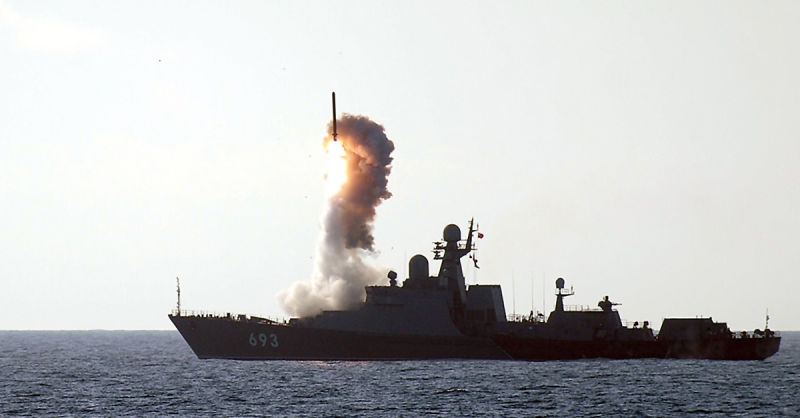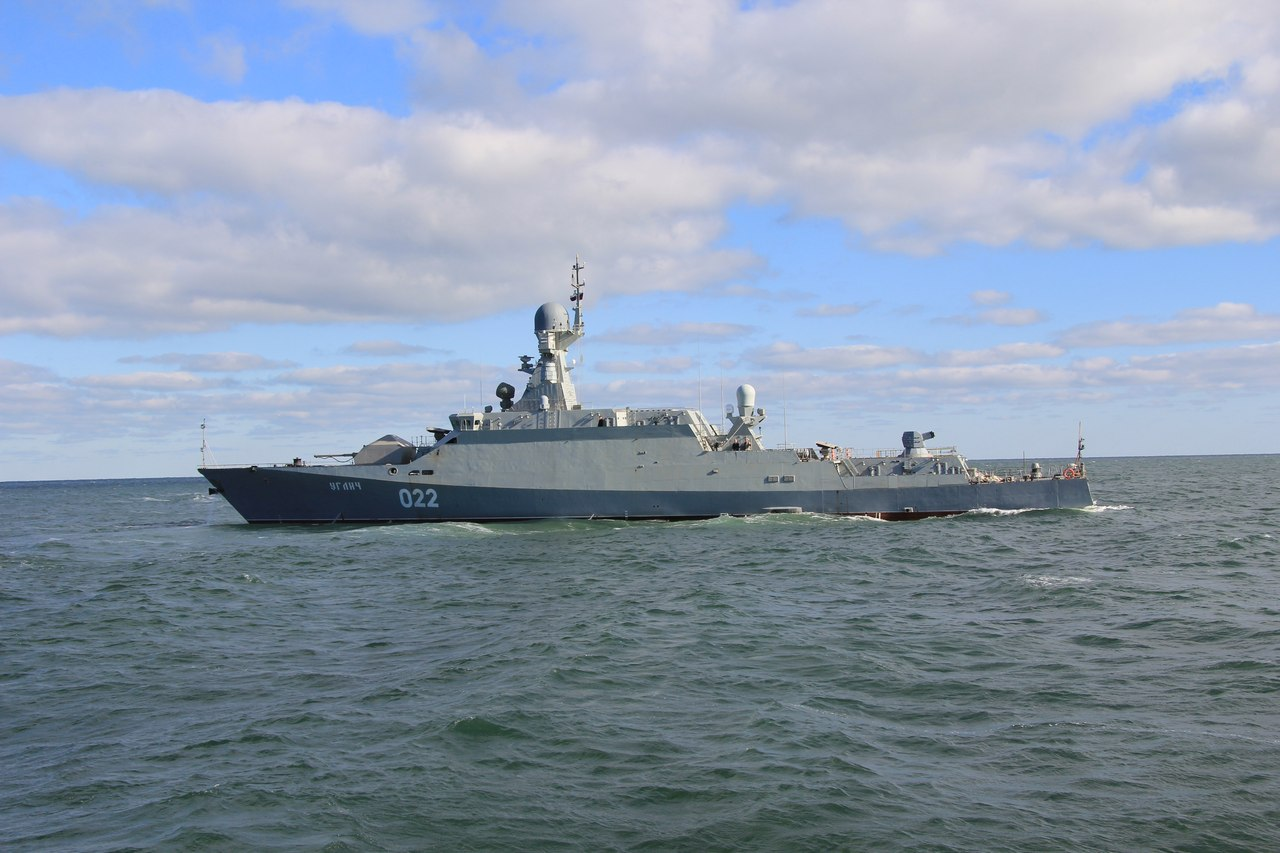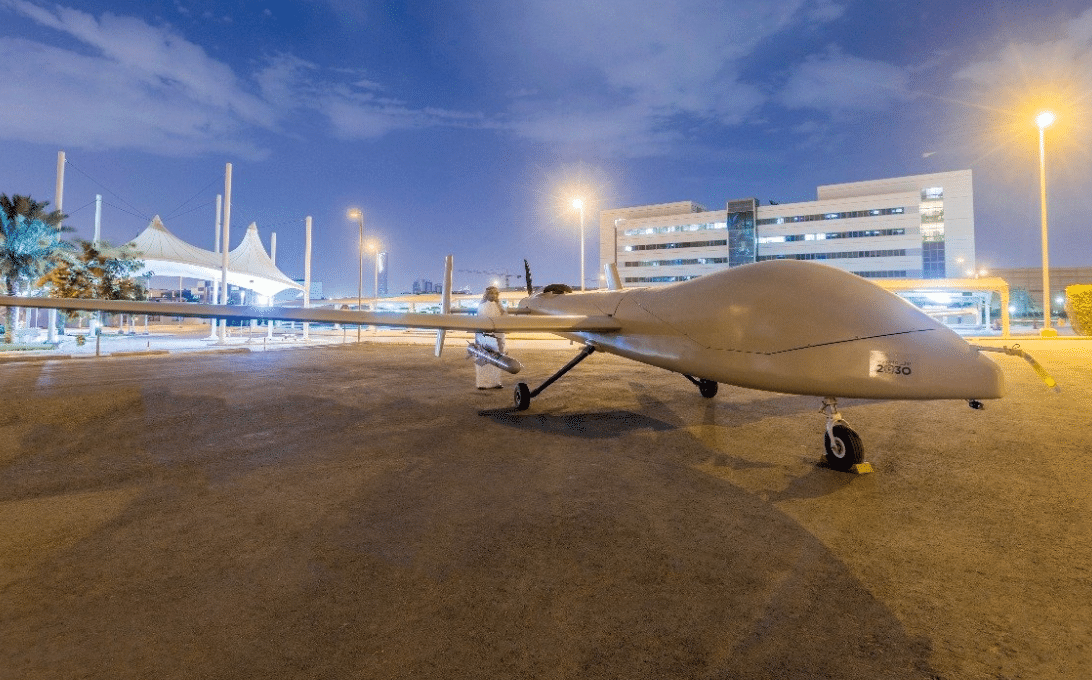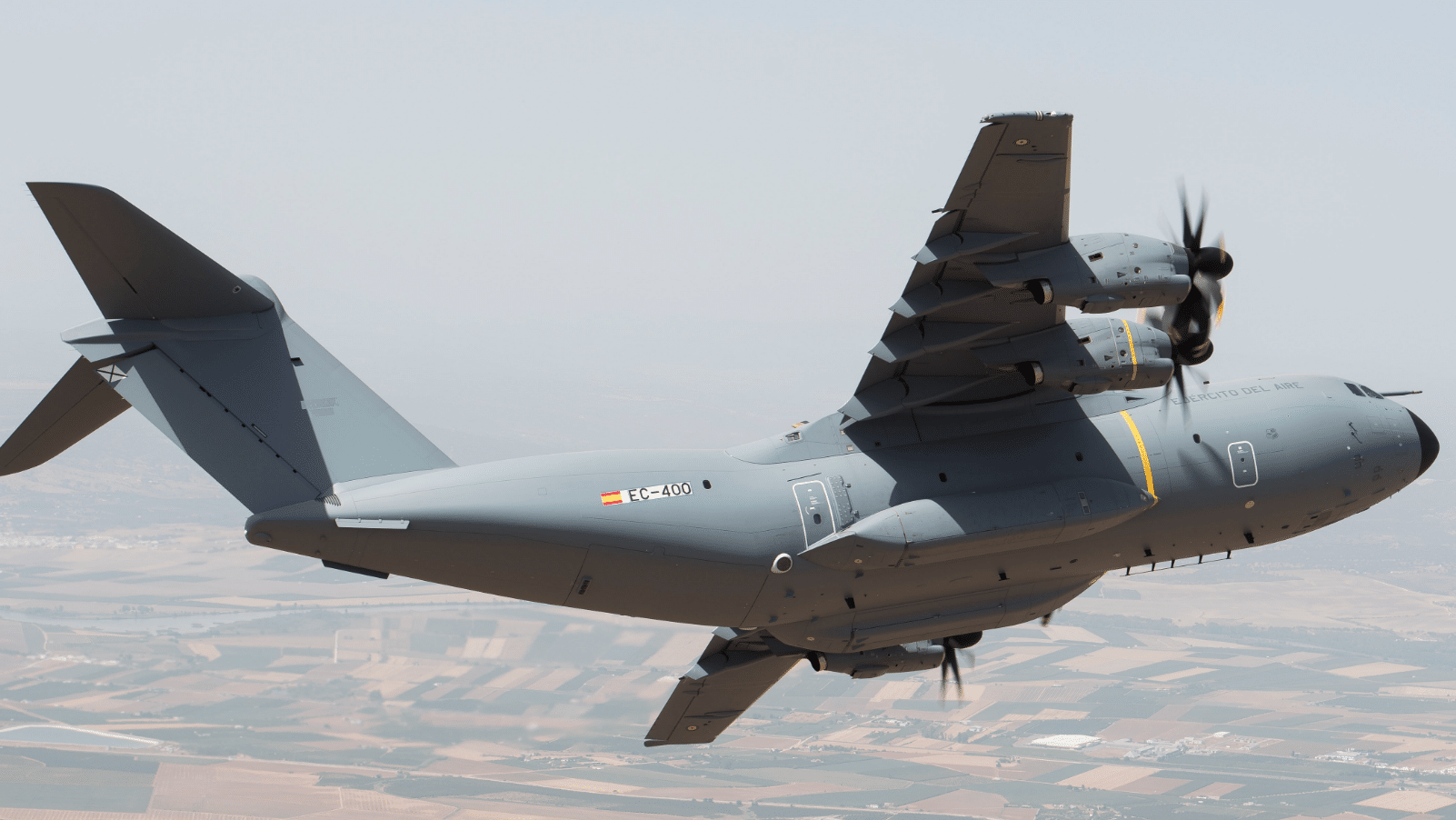2778Views 0Comments

Cruise Missiles
18 October 2015
By Bilal Khan
Russia’s recent use of the 3M-54 Klub or Kalibr land attack cruise missile (LACM) got me thinking about the development and application of modern cruise missile technology. One of the standout – though not entirely surprising – aspects of Russia’s use of Kalibr LACMs over Syria was the fact that those missiles were not launched from large frigates or destroyers, but a light frigate and sub-1000 ton corvettes. In other words, what brought the world to pay attention was the reality that Russia could engage in long-range missile strikes using relatively small low-cost naval combatants.

This is a testament to two things: First, the versatile nature of cruise missiles, which in turn is a result of advancements in micro-propulsion technology, onboard navigation and communication systems, and composite materials for airframes. Second, the development of network centric warfare, especially at the highest and most onerous level involving one’s own satellite network in addition to numerous signal, communications and human intelligence (SIGINT, COMINT and HUMINT, respectively) assets. Combined, these two assets can offer a military offensive capabilities that are not only effective in impact, but also in longevity and in adaptability.
What is a cruise missile made of?
The core components of a modern cruise missile are its airframe, its propulsion, its payload and its guidance system. Micro-turbojet engines are the most common propulsion systems used in cruise missiles today. This essentially makes cruise missiles similar to planes in the sense that these missiles basically navigate their way (based on preprogrammed routes) to their targets. But cruise missiles are small and through low-observable design concepts (involving the use of composite materials in the airframe), are much more difficult to detect on radar. What is difficult to detect is also difficult to intercept.

Propulsion
By virtue of their extended range capabilities, cruise missiles are stand-off weapons, meaning, they can be fired from an area that is away from the enemy’s immediate reach, as clearly demonstrated by Russia when it fired its Kalibr missiles into Syria from the Caspian Sea. In effect, cruise missiles are an active threat the moment it is known that the enemy has the capacity to use them.
Range will vary between specific missiles. For example, there is a glut of <300km cruise missiles in use by many armed forces, particularly anti-ship missiles (AShM) such as the French Exocet and Swedish RBS-15Mk3, that can readily be re-oriented for engaging land targets. On the other end of the spectrum there are long-range (i.e. 1000km+) cruise missiles such as the American Tomahawk and Russian Kalibr. It goes without saying that the key element for a missile’s range is its propulsion source, so it is no surprise to see long-range missile development in countries with the most experience in developing jet engine technology, such as the U.S and Russia. That said, the technological nature of the engines involved (i.e. micro-turbojets) makes these missiles relatively inexpensive, and for some (e.g. South Africa, Brazil, Turkey, etc), it could be a tangible but humble point-of-entry in terms of initiating jet-engine development.
Payload
A cruise missile’s payload can also vary. Cruise missiles can be loaded with conventional and nuclear warheads, the latter involving miniaturized plutonium-based warheads. On the conventional end, a cruise missile’s warhead can be composed of a sub-munition dispenser instead of a unitary warhead, enabling the missile to attack multiple targets within an area, as opposed to just a single target. This could be of use in engaging dispersed enemy assets (such as radars and surface-to-air missile batteries) and critical installations (such as naval dockyards or air fields).
Guidance
In terms of guidance systems, modern cruise missiles are designed to utilize Inertial Navigation System (INS)-based guidance (see here for more details on INS) at launch and flight, but can receive midcourse corrections by satellite. In mid-flight, the INS system could be supported by Terrain Contour Matching (TERCOM), which is a pre-recorded contour map (i.e. a map outlining the terrain the missile would cover) which could work with the INS, especially at low altitudes, to help ensure that the missile reaches its target. At the terminal (i.e. the final) stage, the missile could switch to TERCOM, or, in the case of anti-ship missions, active radar-guidance. Switching to an active seeker such as radar or infrared is the most common method of having cruise missiles engage moving targets, in which case it would need to target a source actively emitting radio waves or heat, as opposed to a fixed target, for which one simply needs location data.
While cruise missiles could be used independently (i.e. without a satellite network such as GPS), there is no denying the substantial advantages of satellite-aided guidance. For one thing, satellite-aided guidance would readily allow the cruise missile to engage in midcourse corrections. In addition, the lead-time to launch could be cut down by omitting the process of preprogramming the targeting and course information. Alternatively, satellite-aided guidance could be used as an effective back-up for INS and TERCOM, thus ensuring that the missile has every means available to ultimately strike its target(s).
Enhanced potency from ‘infrastructure’
Whereas a cruise missile could be readily acquired, the requisite infrastructure to draw out the full potential of these missiles – i.e. satellite-aided guidance systems, a wide range of delivery platforms, and knowledge of an enemy’s vital positions and critical assets – is not easy to acquire or develop.
The only one to truly posses this kind of infrastructure with a global reach is the U.S. Others, such as Russia and China, have achieved it at a more limited scale (with their respective capacities being incredibly strong within their surrounding regions). Nonetheless, in specific situations even limited infrastructure can allow a small force to punch well above its weight.
Just take for example Russia. The Caspian Sea Flotilla is by no means a representation of the actual might of the Russian Navy, but this low-key fleet engaged in long-range strikes over foreign soil. What is also interesting is how cruise missiles and modern guidance technology (which is not necessarily needed in the delivery platform) enabled light combatants to serve as serious offensive assets. Milan Vego, a professor at the US Naval War College summarized the significance of this fact to Defense News:
“We have been somehow dismissive about the increasing combat power of small combatants,”
“The US Navy and other navies, blue water navies, really have to pay more attention to what is going on. These smaller ships are less than 1,000 tons. It is very dangerous to be dismissive, especially in smaller straits where they can do a lot of damage.”
Flexibility in delivery platforms
As a general point, cruise missiles can be launched from a wide range of delivery platforms including naval warships, submarines, aircraft and land vehicles. On naval warships such as corvettes, frigates and destroyers, cruise missiles have been deployed through the use of vertical launch system (VLS) cells and standard AShM-launchers. On submarines, cruise missiles are typically launched from the vessel’s torpedo tubes, but some newer submarine designs, such as the Chinese Type-032, are also incorporating VLS.

Whereas cylindrical cruise missiles are the norm for surface ships and submarines, many air-launched cruise missiles (ALCM) exhibit a different design paradigm. Unlike surface or sub-surface launched LACMs, modern ALCMs exhibit stealthier design characteristics, though the remaining core components are the same. There are many different ALCMs coming into service around the world, among them the American Joint Air-to-Surface Strike Missile (JASSM), the Anglo-French-Italian Storm Shadow, the German-Swedish KEPD 350, the Turkish SOM and Pakistani Ra’ad, among many others.

The versatility of cruise missiles should not be underestimated. Once a military ascertains the position of its target and is able to leverage an overarching infrastructure of location, communication and navigation assets, there is little to stop it from attacking. Furthermore, if long-range submarines and aircraft are available, then that military force could even begin projecting power in relatively distant areas.
In a defensive context, a country such as Pakistan could (especially if it has access to a military-grade satellite guidance and communications network such as China’s BeiDou) distribute its LACM inventory (e.g. the 700km Babur) across a large number of light and affordable assets. This is basically the concept of ‘distributed lethality’ whereby relatively more affordable aerial, sea and land could effectively engage in offensive operations against a close proximity foe. The advantage of this approach was summarized by Bryan Clark, a naval analyst with the Center of Strategic and Budgetary Assessments, to Defense News:
“The arguments made for distributed lethality are to put firepower on a bunch of smaller ships, have them disperse, in turn increase targeting problems for the enemy, and you may be able to generate the same kind of firepower if you concentrate the platforms.
“With the Russians, these 900-ton corvettes are harder to find than a [4,000-ton US] littoral combat ship. You can buy them in larger numbers, and they also carry land-attack weapons,” unlike LCS. “It would seem to give you a much more effective land-attack lethality than what the US Navy is pursuing.”
It is also possible, albeit theoretically, for a military to deploy cruise missiles through more covert means as well. Yes, submarines are an option, but in looking at how Russia used naval corvettes, I am also thinking about the possibility of a country using re-fitted civilian platforms such as merchant ships and large vehicles (in civilian skin). Interestingly this was something the Russians apparently messaged when they tried marketing the export-variant of the Kalibr (labelled as Klub-K) in 2010 (Reuters). One can only imagine the kind of threat this poses when it is in possession of a country with sufficient international linkages (especially with non-state actors), its own satellite-based guidance and communications network, and a thirst to pre-emptively and underhandedly strike at a foe.
Countermeasures
With the above in mind, efforts are being made to counter cruise missiles. Point-defence missile systems (PDMS) such as the Rolling Airframe Missile (RAM) and close-in-weapons-systems (CIWS) such as Phalanx are an increasingly popular method of thwarting anti-ship missiles, especially when they reach terminal stage. In addition, multiple countries are aggressively pushing the development of advanced short-range air defence (SHORAD) systems capable of better tracking and engaging small low-flying and low-observable objects such as cruise missiles (as well as unmanned aerial vehicles or drones).

Given the cat-and-mouse nature of war and military technological development, I have no doubt that cruise missile users will develop methods of countering these defensive measures as well (e.g. perhaps we might see a greater emphasis on guided sub-munitions and/or stealthier airframes). But with that state, the ability to credibly defend against a cruise missile strike (or multiple strikes) is only available to actual militaries, i.e. the armed branches of states. For others, there is no material defence, and in the context of all of today’s wars, cruise missiles are a truly serious problem for those on the receiving end.


